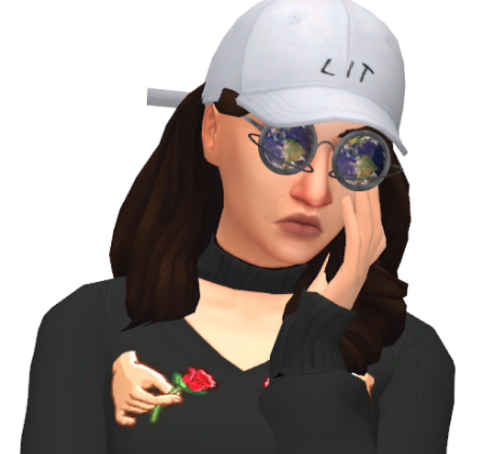

Press D on your keyboard to reset the swatches. Now Double-click on this layer thumbnail and, in the Properties panel, enter the settings below: Step 3 Select the Light Source layer, go to Layer > New Adjustment Layer > Curves to create a new curves adjustment layer, and name it Color Look. In this section we are going to make final adjustments to the design. Now Alt-click and drag the layer mask of the Shadow layer over the layer mask of the Fog layer to replace it. Now select the Subject Sharpening layer, go to Layer > New Fill Layer > Solid Color to create a new solid color fill layer, name it Fog, and choose the color #ffffff: Step 8Ĭhange the Opacity of this layer to 31%. Then, change the Opacity of this layer to 20%.

Now press Control-D on your keyboard to deselect the selection. After that, go to Edit > Fill, and set Contents to Foreground Color, Blending to Normal, and Opacity to 100% as shown below: Step 6 Then, Control-click on the Light Source layer thumbnail to make a selection of this layer. Set the foreground color to #000000 and select the layer mask of this layer. Now select the Subject Sharpening layer, go to Layer > New Fill Layer > Solid Color to create a new solid color fill layer, name it Shadow, and choose the color #000000. Pick a soft brush, adjust the Size and Hardness of the brush as you like, and brush where you want to create a light source.Ĭhange the Blending Mode of this layer to Screen and set the Opacity to 87%. Now set the foreground color to #f1ebbc and choose the Brush Tool (B). Select the Subject Sharpening layer, go to Layer > New > Layer to create a new layer and name it Light Source. In this section we are going to create the lighting. Then, go to Filter > Blur > Gaussian Blur and set the Radius to 15 px. Select the Background layer and press Control-J on your keyboard to duplicate this layer. Then, name this layer Subject Sharpening. Now change the Blending Mode of this layer to Vivid Light. Then, press Control-Shift-U to desaturate this new layer, go to Filter > Other > High Pass, and set the Radius to 2 px. Press Control-J on your keyboard to duplicate this layer. Keyboard to create a new layer using the selection. Then, select the Background layer and press Control-J on your Control-click on the Base layer thumbnail to make a selection of this In this section we are going to create the focus. Now choose the Brush Tool (B), pick a soft brush, and brush over your subject. Go to Layer > New > Layer to create a new layer and name it Base. In this section, we are going to create the base thatĭetermines the subject in our photo. Then, click on the same menu icon again, choose New Action to create a new action, and name it Fog as shown below: 2. Choose New Set to create a new set, and name it Fog. Now go to Window > Actions, and in the Actions panel, click on the menu icon in the top right-hand corner. If it is not, go to Layer > New > Background from Layer. Your photo should be the Background layer.For best results, your photo size should be 2000–4000 px wide/high.Your photo should be in RGB Color mode, 8 Bits/Channel.Now, before we get started, just check a couple of things: To open your photo, go to File > Open, choose your photo, and click Open. How to Start Creating an Action Step 1įirst, open the photo that you want to work with. Selecting a region changes the language and/or content on recreate the design above, you will need the following resources:ġ. You can use this control to avoid sharpening unwanted details, like grain in a sky. The black areas represent parts of the photo that will be protected from sharpening the white lines represent edges that will be sharpened. Hold the Alt key (Windows) or the Option key (MacOS) and drag the Masking slider to view a grayscale mask of the photo.The further you drag to the right, the more details are sharpened.



 0 kommentar(er)
0 kommentar(er)
